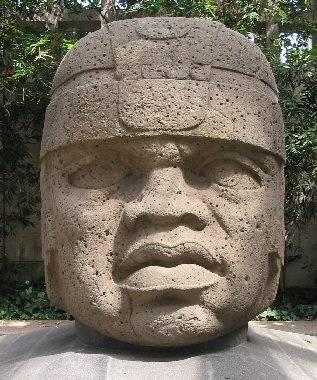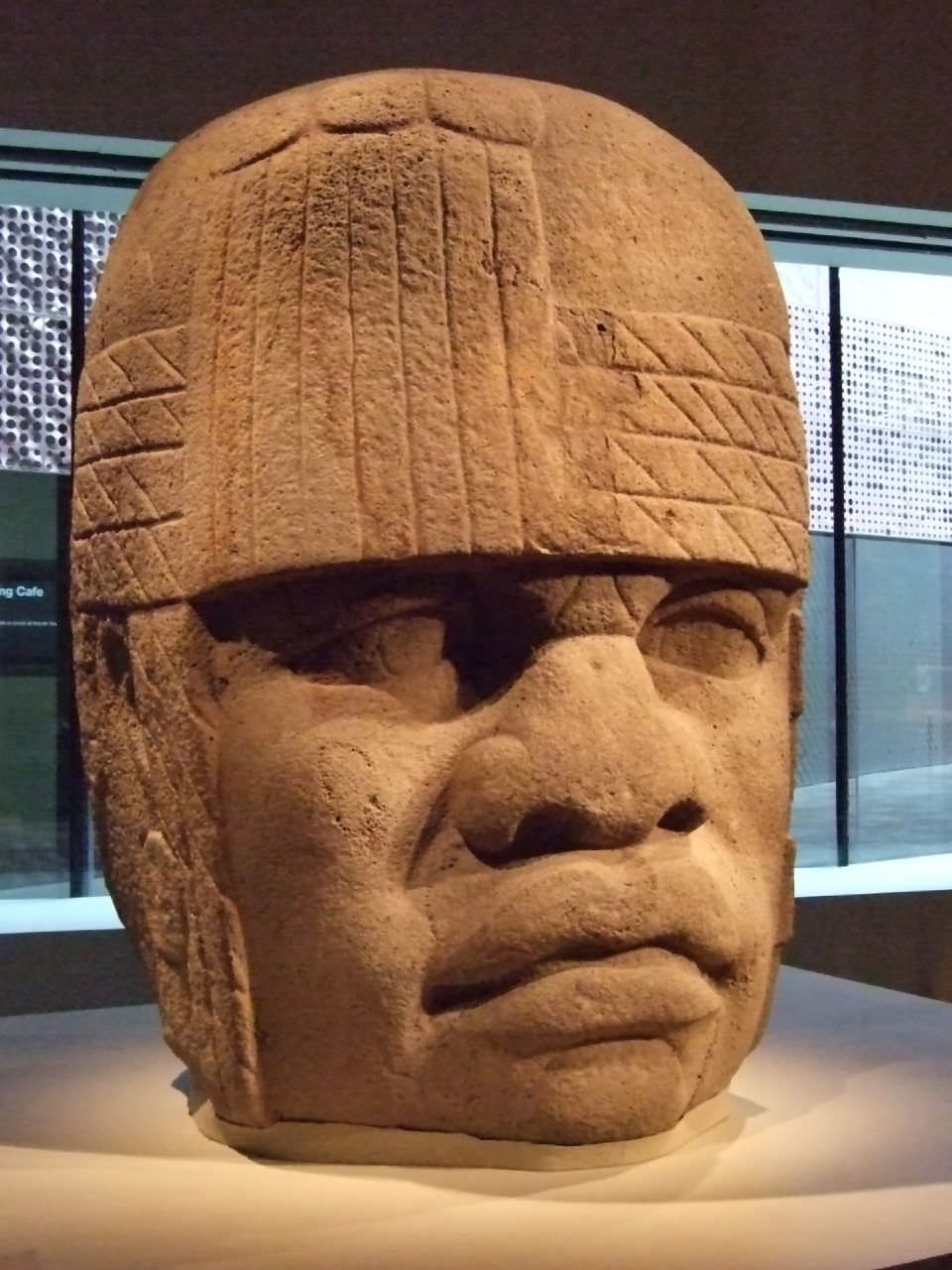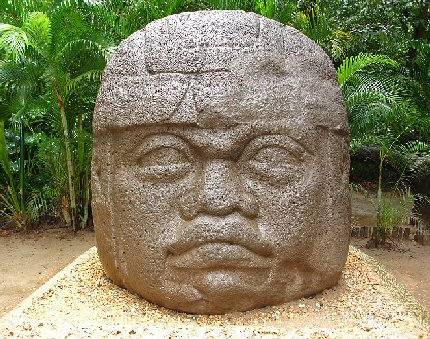OldLady
Diamond Member
- Nov 16, 2015
- 69,568
- 19,600
- 2,220
Boats, TN, Australia to America. Prior to the last ice age.


These are the Olmec Stone heads (there are others) found in the central Mexico region in the 19th century. They were carbon dated to 1200-600BCE.
That means the Olmecs were there long before the Incas or Aztecs or Mayan cultures began. At least according to all accepted history as to when those dynasties began.
I know a guy (biggest black supremacist I know) claims that these heads prove Africans were in the Americas even before the Natives. However, that fact has been written out of history.
Obviously I think he is ridiculous. I mean you have to hear him. He believes Africans began the Buddhist religion etc and ALL of Asia was settled by Africans.
Anyway, I have admit. Those stone heads sure look African (clear negroid features) to me. Anyone know anything about this? I Googled it and many seem to agree that it proves Africans were indeed in the Americas long before Columbus obviously. However, if they are indeed Africans, that would possibly mean they were indeed here before Natives.
Which I know must be impossible.
Actually, this is all well known.
The original Americans, here 10,000 years before the Indians are related to Australian Aborigines, not Africans. The rout traveled is from the South Pacific to South America.
First Americans were Black according to BBC documentary – Originalpeople.org
Because facts don't fit with the hate memes of the left, they ignore them. But the FACT that there were a black people in America before the Indians is established fact, as is the fact that the Indians engaged in total genocide of them.






